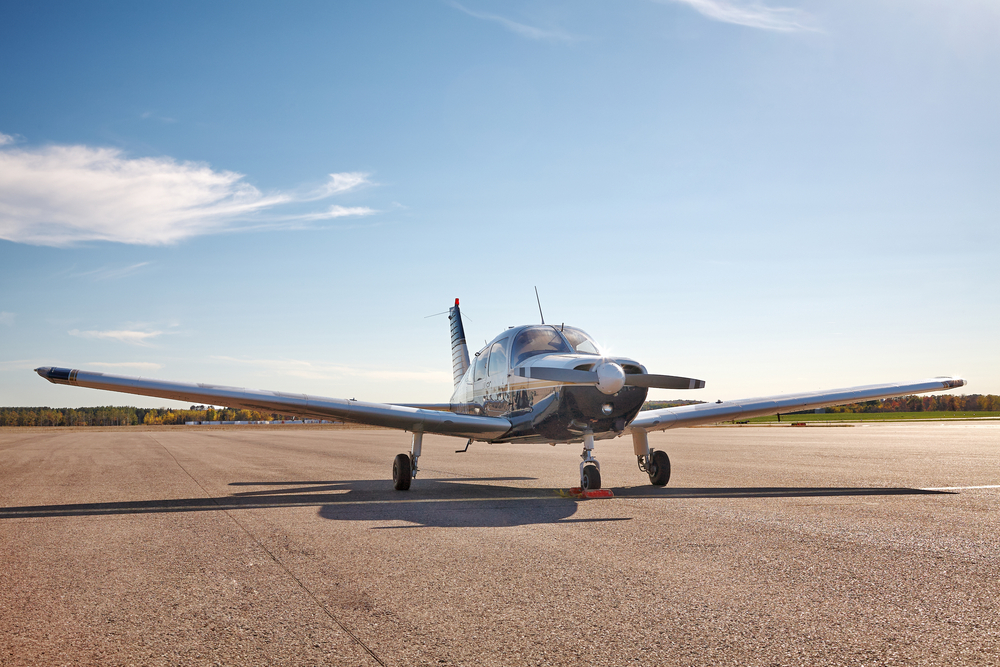Boeing 787: Windows to the Future of Aviation
The Boeing 787, often referred to as the Dreamliner, is a marvel of modern engineering. One of its standout features is the design of its windows. A typical aspect overlooked by many, the windows of the 787 are a significant departure from conventional designs.
Innovative Design
The 787’s windows are unique not just in function but also in form. They are the largest ever seen on a commercial aircraft, measuring 18.5 inches by 10.7 inches. This is a considerable increase compared to the windows of older models like the Boeing 767, which are about 10.5 inches by 15 inches. The reason behind this was to enhance passenger experience, providing unparalleled views and a more open feel inside the cabin.
Electrochromic Dimming
Gone are the days of pulling down cumbersome window shades. The 787 features electrochromic windows that tint electronically. Passengers can darken the windows at the touch of a button. This system uses a low voltage electric current to change the opacity of the glass, allowing for five levels of shading, from completely clear to fully darkened. This innovation helps in maintaining a consistent cabin environment by reducing glare without blocking the view entirely.
Energy Efficiency
The advanced window system on the 787 plays a role in the plane’s overall energy efficiency. Traditional pull-down shades can lead to increased cabin temperature, demanding more from the aircraft’s air conditioning system. Electrochromic windows reduce the heat entering the cabin, thus lowering the energy required for cooling. This contributes to the 787’s reputation as an environmentally friendlier aircraft, with a 20% increase in fuel efficiency compared to previous models.
Passenger Comfort
Passenger comfort is significantly enhanced by the Boeing 787’s window design. The larger size allows more natural light into the cabin, which can help reduce jet lag. Studies have indicated that exposure to natural light can help regulate the body’s circadian rhythm, aiding in adjusting to new time zones. Also, the ability to gradually dim the windows can help in creating a soft lighting environment conducive to sleep.
Structural Integrity
The windows also contribute to the overall structural integrity of the aircraft. Made from multiple layers of high-strength materials, the windows are designed to withstand significant atmospheric pressure changes during flights. The Boeing 787 utilizes advanced composite materials in its construction, which include the window frames, ensuring that they complement the aircraft’s strength and weight management efforts.
Maintenance and Durability
In terms of maintenance, the electrochromic windows are built to last. Each window’s life span is parallel to that of the aircraft itself. Unlike traditional mechanical shades, there are fewer moving parts that could wear out or malfunction. When maintenance is required, it typically involves simple electronic adjustments or replacements, making it quicker and less costly compared to older shade systems.
Regulatory Standards
Meeting stringent regulatory standards is crucial in the aviation industry. The 787’s windows comply with all safety regulations set forth by aviation governing bodies. These standards ensure that, while innovative, the windows maintain the highest levels of passenger safety. Tests involve simulations of extreme conditions, including rapid decompression and high-velocity impact scenarios, to verify the robustness and reliability of the windows.
Market Impact
The introduction of the 787’s window technology has set a new benchmark in the aviation industry. Competing aircraft manufacturers are now exploring similar technologies to enhance passenger experience and aircraft efficiency. The success of Boeing’s electrochromic windows exemplifies how passenger comfort can drive technological advancements.
- Better visibility for passengers
- Reduction in eyestrain
- Improved sleep quality during flights
- Lower power consumption
- Simpler and cheaper maintenance
Technological Partnerships
Boeing collaborated with several technology companies to develop the Dreamliner’s windows. Among them, the primary partner was Gentex Corporation, a firm specializing in electrochromic devices. The partnership blended Gentex’s expertise with Boeing’s vision, resulting in a product that has exceeded expectations and set new standards.
Feedback and Future Developments
The reception of the 787’s windows has been overwhelmingly positive among passengers and airline operators. Feedback channels have highlighted the increased satisfaction rates and overall positive flight experiences. As technology evolves, future iterations of the Dreamliner might see even more advanced window technologies, possibly integrating augmented reality or solar energy capabilities.
Conclusion
The Boeing 787 Dreamliner’s windows are more than just an aesthetic feature. They represent a leap in aviation technology, enhancing passenger experience, improving energy efficiency, and setting new standards for future aircraft designs. The electrochromic windows are a testament to what can be achieved when innovation and functionality go hand in hand, making them a pivotal element of the 787’s overall success.
